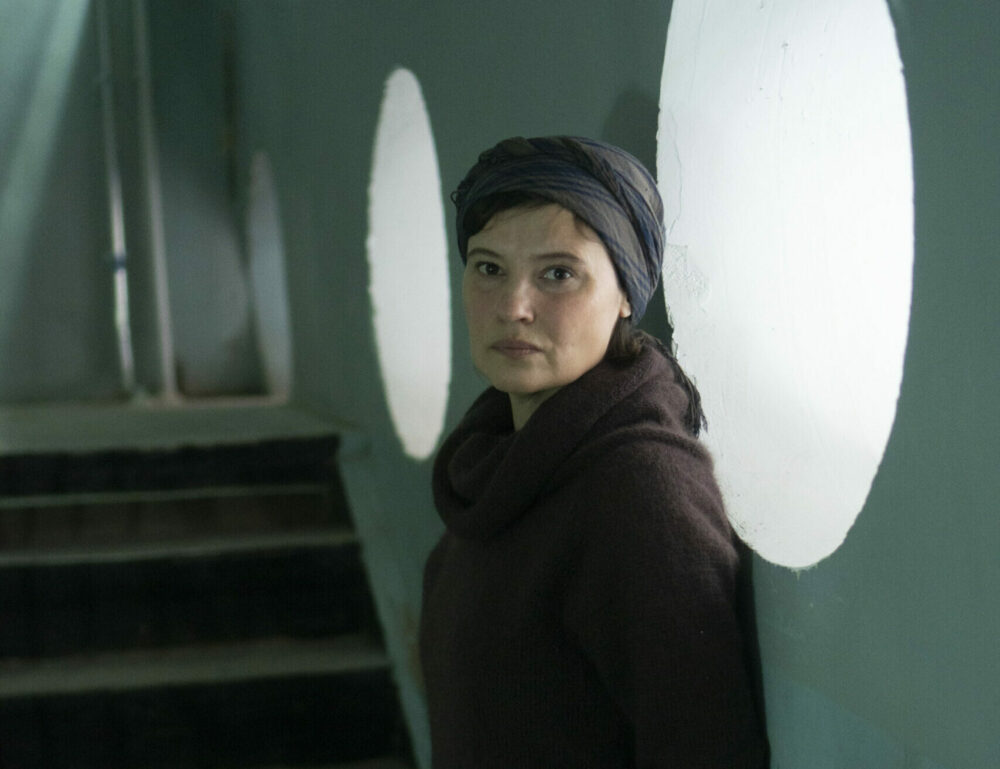Meet Kädi Talvoja, the first Estonian Art Academy resident at the Narva Art Residency, who is writing a chapter for the 7th volume of the History of Estonian Art during her stay in NART.
This winter, for the first time, NART invited an EKA staff member for an extended residency. The residency spot is for an EKA staff member who wants to stay in Narva for a little longer and use the time for the creative work. This way, EKA members will be able to participate in the Narva Art Residency program, and together with other artists they will be able to cultivate the ground for various collaborations. We hope this will become an annual tradition.
Kädi Talvoja, senior researcher and lecturer at the Institute of Art History and Visual Culture, was selected for the first NART residency by a committee of deans. Her plan is to write a chapter for the 7th volume of the History of Estonian Art. The chapter will deal with art exhibitions from the Soviet period. In her residency she will be able to fulfil a long-standing dream of getting to know Narva more thoroughly and to stay longer in a place where the layers of the Soviet period are more visible than elsewhere. The experience also inspired her to encourage art students to come to Narva to study the local art scene.
Kädi has now been in NART for three weeks and describes her experience as: «I can’t hide the fact that here in NART I feel like I’m staying «somewhere abroad» in the Estonian embassy. Narva is a very special city and has offered me some unique experiences. For example, I doubt I’ll ever find myself again at a New Year’s Eve party, where beautifully dressed young ladies read their poems in Russian with great enthusiasm. My residency also coincided with harsh colds, which I don’t think I’ve ever experienced as an adult. It’s a good thing I kept my fingers intact on the trip to the Kreenholm manufactury during the -25°C cold as my job here is to type. Conceptually, of course, Narva is well suited to my research environment. So, just like I am discovering the city unknown to me now, in the 1990s, art scholars discovered the art of the 1960s, which was a new phenomenon — the collages and abstractions of Tartu women artists. Not that I wish to go back to the 90s but it makes one a little envious that they still had such gorgeous works of art to be discovered.»
Kädi Talvoja will stay in the residency until 21st of January.
